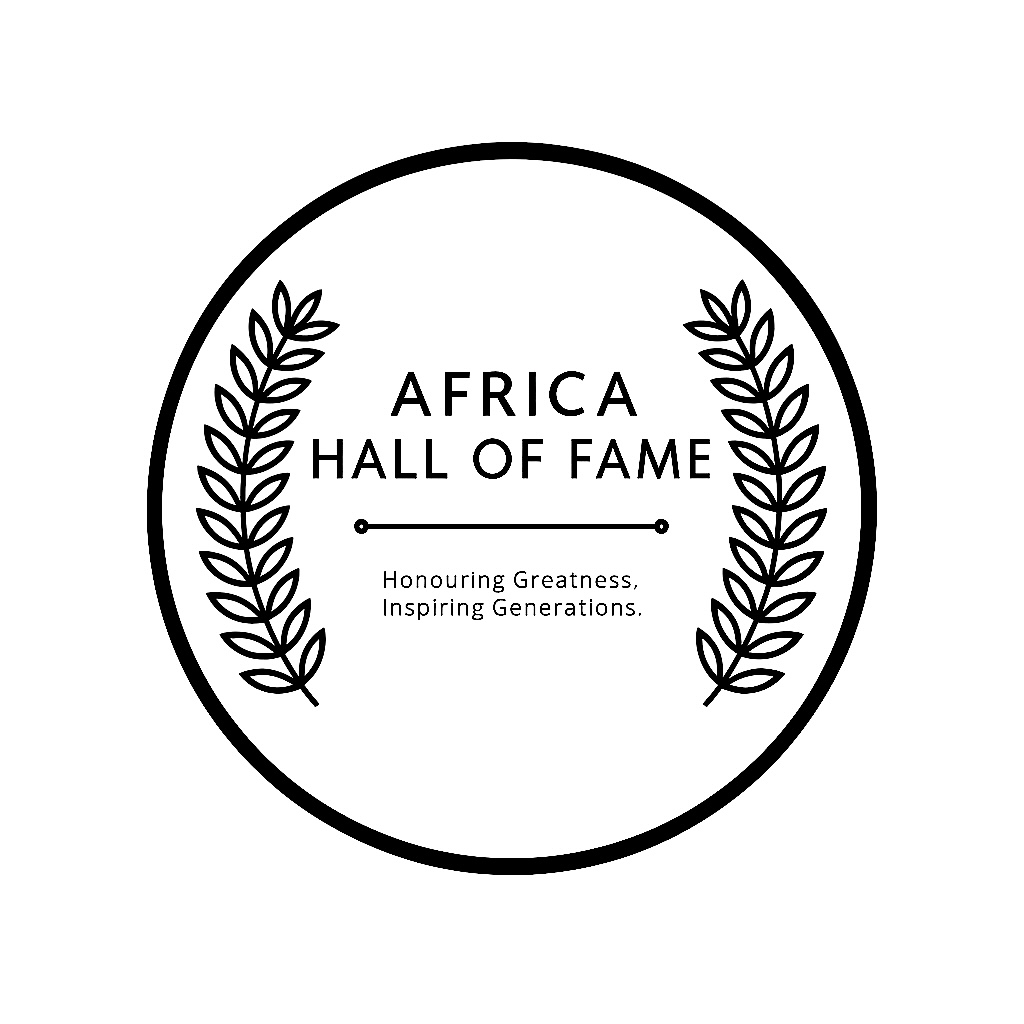Afrobeats has grown from a regional sound into a global force shaping playlists, fashion, and cultural conversations from Lagos to London, from Accra to Atlanta. But as the genre expands, so does the tension around who leads it. Artists compete for the biggest streaming numbers, the flashiest co-signs, and the loudest headlines. Yet behind the scenes, a quiet truth is becoming clearer: the future of Afrobeats won’t be built by rivalry. It will be built by collaboration.
For years, competition drove the genre’s rise. Artists like Wizkid, Davido, and Burna Boy pushed each other to greater heights, setting new standards for sound, visuals, and global ambition. That healthy rivalry helped sharpen the quality of Afrobeats. But now, the landscape has shifted. The genre is no longer fighting for recognition it has it. The challenge now is sustainability, expansion, and unity in the face of a global market eager to consume and sometimes dilute what Africa created. Collaboration is what will secure that future.
The power of collaboration goes beyond just features. It’s about building bridges across countries, generations, and styles. When Rema links up with Selena Gomez, or Asake performs with Central Cee, they aren’t just making music; they’re merging audiences and opening doors. These cross-cultural moments introduce Afrobeats to new listeners who might never have pressed play otherwise. The result is growth that no single artist could achieve alone. The same applies locally. When Nigerian, Ghanaian, and South African artists work together, they amplify each other’s reach and strengthen the continental sound rather than fragmenting it.
But collaboration also protects culture. In a world where international labels and platforms are shaping narratives, African artists need to present a united front. The genre’s identity its language, rhythm, and authenticity can only stay intact if its creators collaborate to define it collectively. The more artists work together, the harder it becomes for outside forces to dictate what Afrobeats should sound like or who gets to represent it.
On a creative level, collaboration pushes innovation. No artist, no matter how talented, can carry a genre alone. Every new sound in Afrobeats from amapiano-infused beats to Afro-fusion and street pop came from artists blending influences and experimenting together. Producers, too, have been central to this evolution. The chemistry between artists and beatmakers like Pheelz, Kel-P, Rexxie, and London has shown that teamwork often leads to timeless records. Collaboration is how Afrobeats evolves without losing its soul.
The streaming era has also changed the rules. Success is no longer just about competition on the charts; it’s about network effects. When two or more artists share audiences through collaborations, they multiply streams, fanbases, and touring opportunities. Instead of fighting for the same listeners, they grow the entire ecosystem. That’s the business logic behind why joint EPs, remix projects, and collaborative tours are becoming more common. The math of collaboration is simple everyone wins.
Of course, some level of competition will always be healthy. It fuels creativity and ambition. But when competition becomes ego-driven or divisive, it weakens the genre’s unity on the global stage. The world doesn’t need another argument over who is “number one.” It needs more records that showcase the collective brilliance of African artists working together to push boundaries.
Afrobeats has entered a new chapter one defined not by rivalry, but by resonance. Collaboration will be the key to ensuring that the genre remains powerful, authentic, and truly global. The future of Afrobeats won’t belong to whoever wins the next numbers game; it will belong to the artists who understand that unity creates legacy.


Leave a Reply